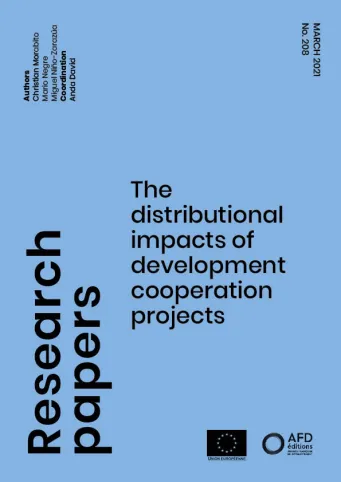Share the page
The distributional impacts of development cooperation projects
Published on

In 2015, world leaders committed, through the adoption of the 2030 Agenda for Sustainable Development, to reduce inequalities. Accordingly, a specific Sustainable Development Goals Goal (SDG 10) has been expressly devoted to address this challenge. The objective of this study is to test the validity of a proposed methodology that assesses the extent to which programmes and projects implemented or funded by development cooperation agencies contribute to the goal of reducing inequality. The study focuses on three projects funded by Agence Française de Développement: a programme that supports the improvement of urban housing in Tunisia, a programme that focus on building capacities of SMEs in Cameroon, and a budget support operation aimed to support a health sector reform in Colombia. Specifically, the study identifies whether programmes’ beneficiaries of the selected interventions belong to the bottom 40% of the wealth distribution, through a mix of analytical tools. First, a scoreboard that assesses whether or not inequality reduction is a central objective of development programmes; second, the Equity Tool, which helps assess the position of direct beneficiaries within the national (urban or rural) wealth distribution, and iii) the Commitment for Equity Tool, which helps estimate the distributional impact of general or sectoral budget support. Results show the efficacy of the methodology, in particular the possibility to obtain, with a limited budget and timeframe, relevant information about how, and the extent to which, development cooperation programmes reach the poorest bottom 40%, and whenever inequality reduction is an explicit objective of policy interventions. The methodology can be implemented ex-ante at baseline, before the implementation of projects or programmes, as well as ex-post, at endline of policy interventions. The analysis shows the efficacy of the methodology to evaluate the potential inequality reducing effects of development cooperation programmes and projects.
Useful Information
-
Authors
-
Christian MORABITO, Mario NEGRE, Miguel NIÑO-ZARAZUA
-
Coordinators
-
Edition
-
208
-
Number of pages
-
65
-
ISSN
-
2492 - 2846
-
Collection
-
Research Papers
